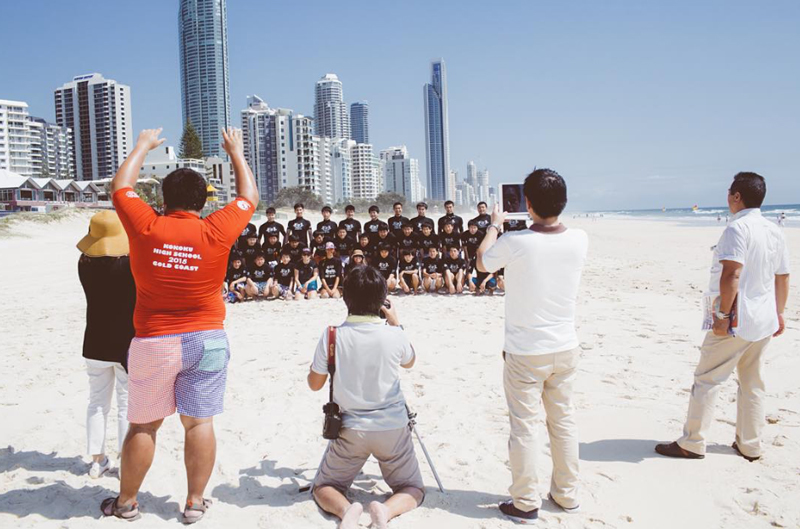At first, you could see Abigail Varney’s work as a collection built on the idea of travel, going away and discovering new things. But spend a bit of time on her images and the opposite is revealed to be true. Her photos aren’t about foreignness, but rather a sense of community and home. Even when far away from her own postcode, she and her work are immersive. She takes time to become part of the groups she seeks to capture. She finds them as a peer, not an observer.
It’s a skill she developed while working with Mary Ellen Mark. Before her death in 2015, the US photographer had spent decades documenting the everyday lives of unseen citizens. She is perhaps best known for her series of Seattle street kids, in particular her images of Tiny, a teenage sex worker, in the early 80s.
In the years since her time with Mary Ellen, Abigail has also demonstrated an aptitude to being an invisible, but welcome eye into the lives of others. As a result her work offers a quiet meditation on identity, especially national identity, viewed from many different perspectives.
A lot of your work is very focused around places and movement. Tell us how travel plays into your work.
Travel has been the best way to build my folio and all the surrounding skills that come with photography. I started off taking photos of friends and the people in my extended circle. When I’d exhausted all my immediate contacts my focus expanded to new environments as I built my confidence to move into new worlds, cultures and experiences.

Do you see yourself as a “travel photographer”?
I don’t really, travel now acts as a framework so I can pursue different bodies of work. To work on a project out of Melbourne you’ve got to immerse yourself as a local as much as you can so you become less as traveller and more so part of the community. It might take a few trips or an extended period of time.
It feels like labels that that are generally changing and falling away.
I think they’re a bit dated. Genres are being blurred these days. I think if you have a strong style you can allow your photography into many different spheres. You also need to eat and buy toilet paper, so saying yes to a commercial job is always necessary.
How has your work outside of Australia changed how you personally view home?
On the positive side the quality of life in Australia is very high, we really have it good here but general lack of culture is also pretty confronting. Melbourne used to feel like a base to come back to but more and more it’s evolving into a new stage of home. Adult life, you know when you purchased your first maidenhair you can’t leave that for a second.
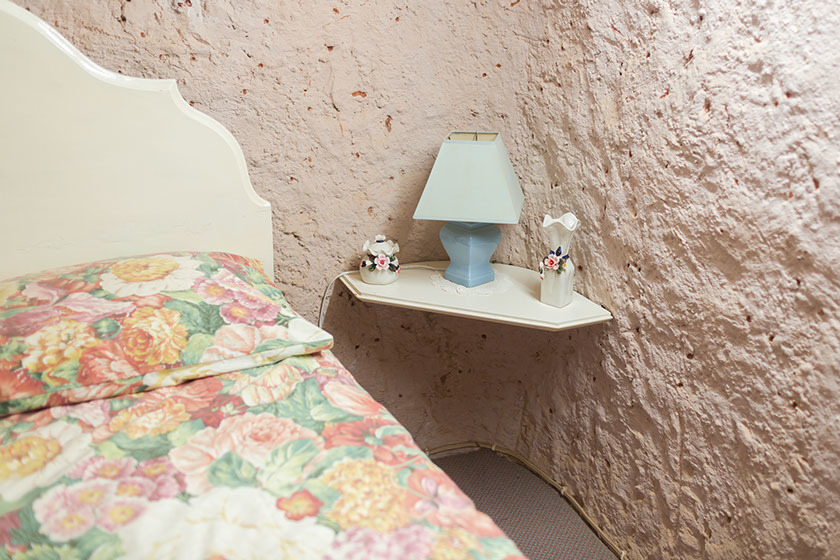
I know we mentioned that labels have fallen away, but do you see yourself drawn to a certain area of work?
I enjoy portrait and documentary work that focuses on a subculture. I really thrive off being part of the community it holds and it almost always acts as resolved body of work. My first portrait series was of up and coming stand up comedians, this was exciting to meet a new group of unique personalities that all hold the same motivation to get up on stage and tell their jokes to strangers.
Do you have a favourite series?
My series Rough & Cut and my on going project in Coober Pedy stands out as the favourite. Each trip back has opened up new characters and another layer of this weird and wonderful town. It has also opened the door to exploring more outside the bubble of Melbourne and getting to know different corners within Australia. Sand and Glitter is a brand new body of work on Surfers Paradise which is a continuation of exploring the identity of Australia.
You worked with Mary Ellen Mark for a while, how was that experience?
I got to know the New York hustle and the Mary Ellen Mark hustle too. I saw how she operated on a personal level and how that strongly went side by side with her photography. She was full of determination and vigour, even in her later years which was inspiring.
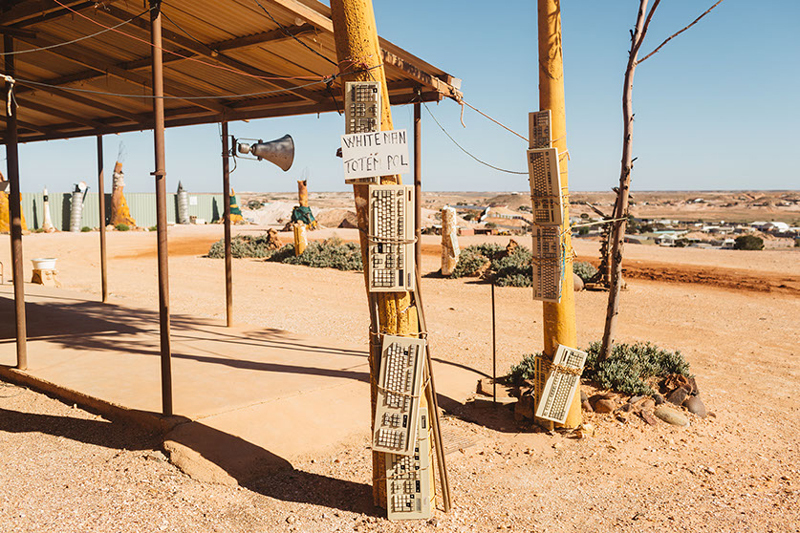
I’m sure. How does that period with her continue to feed your work?
As I got to work closely with her archives I saw the extensive body of work over the years and how timeless these were. It taught me to take time with projects, to slow down and make connections with people, revisit people and places until you’ve really captured what you were looking for. Have your photography reflect how you want to be personally.
Check out Abigale’s show Sand & Glitter at the IndependentPhotography festival this week. IPF is happening in Melbourne from November 12 – 20. Check out the full program of events and buy tickets here.
We’ve giving away two double passes for the IPF Shorts coming up on the 19th of November. Email aucomps@vice.com for your chance to win.
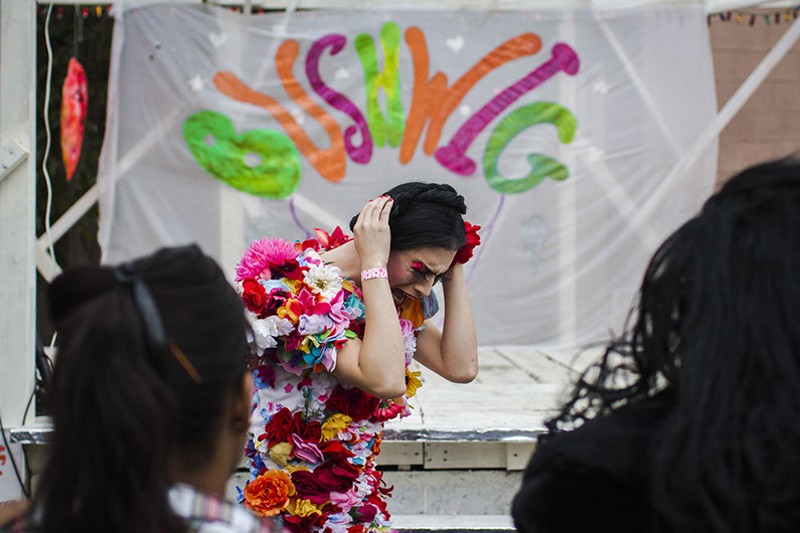

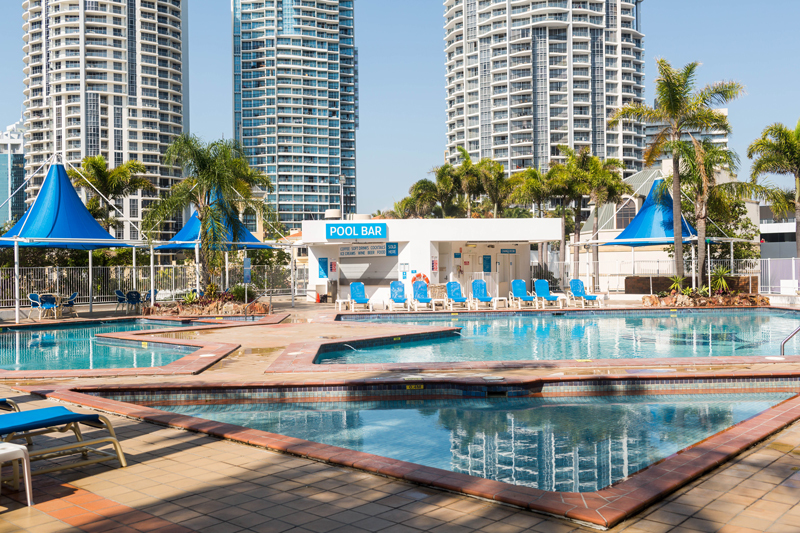
Credits
Text Wendy Syfret
Photography Abigail Varney
